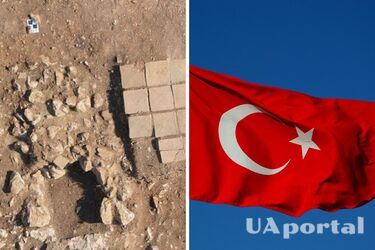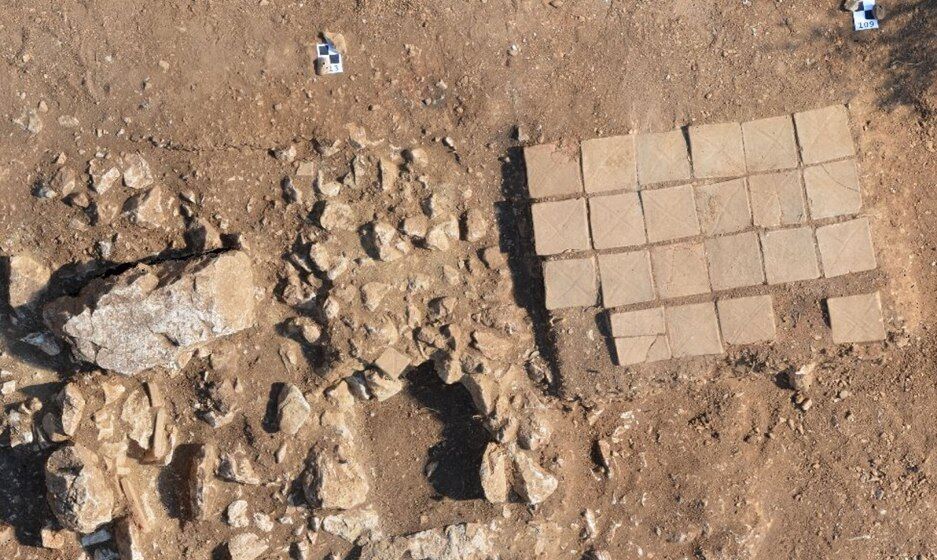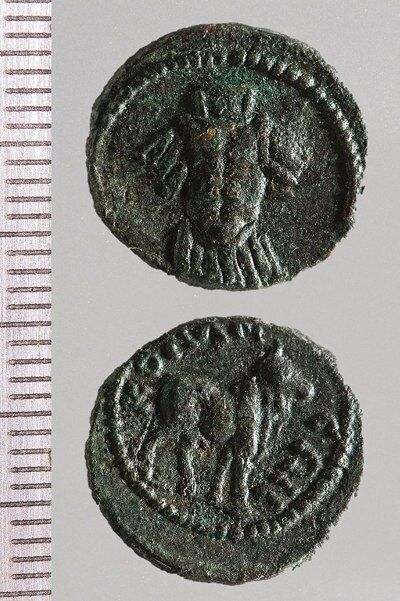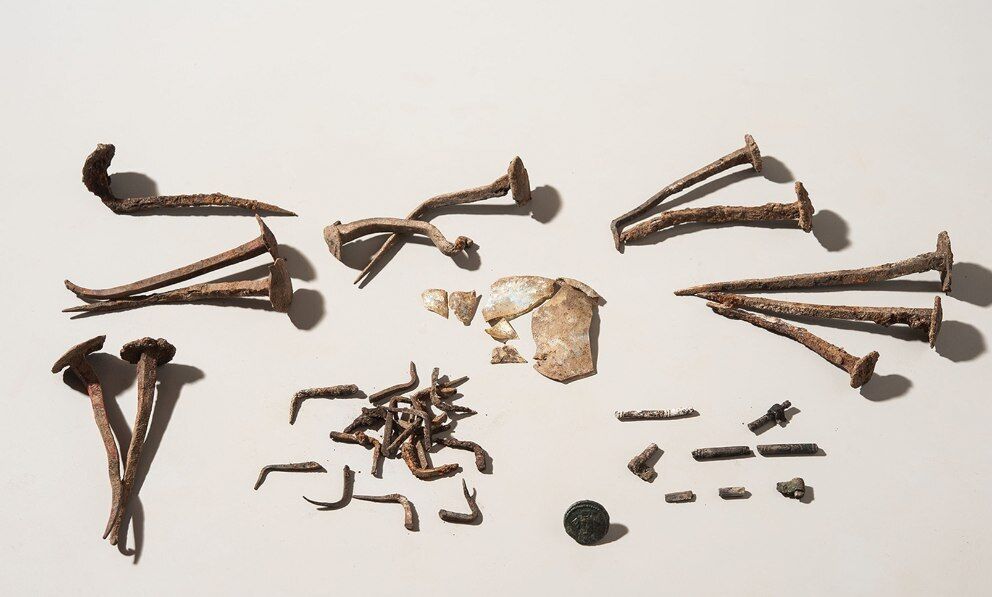A Roman-era tomb, sealed with "magical" nails, was discovered in Türkiye (photo)

A II century cremation burial was discovered in the ancient hilltop city of Sagalassos in Türkiye. It contained a never-before-seen combination of deliberately bent nails, paving tiles and a layer of lime.
These features, found individually in other burials in the ancient Mediterranean, collectively indicate the use of magic to keep the deceased from interfering with the world of the living. The History Blog writes about it.
The unusual cremation burial contained human remains that werewere burned at the stake and then buried. The distribution of the remains of charred bones indicates that they were not collected and moved, which is atypical for cremations of the II century.
Read also: Remains of a 2,700-year-old temple with hieroglyphs were discovered in Sudan
Usually, the burnt bones were placed in an urn before burial. Instead, here the bonfire was covered with 24 flat bricks arranged in four rows. The underside of the tiles was discolored by the heat, meaning they were placed on the hearth while the coals were still smoldering.

The bricks were then covered with a thick layer of hardened lime rather than the thin, temporary layer normally used to cover the remains of a fire.
Grave goods found include a II century coin, several small ceramic vessels dating to the I century, two blown glass vessels and a hinged object. The stratigraphy indicates that they were buried in the first half of the II century AD, a time when these types of artifacts were common in burials.

Not at all common are the 41 broken and bent nails found along the edges of the hearth. Twenty-five nails were deliberately bent at an angle of 90°, with the heads unscrewed.
Sixteen were intentionally bent or twisted, but still had their heads on. They could not be used for practical purposes.
"The burial was closed in not one, not two, but three different ways, which can be understood as attempts to protect the living from the dead. Although each of these practices is known in Roman-era cemeteries — cremation in place, covering with tiles or plaster, and sometimes a bent nail — the combination of these three has not been seen before and signifies a fear of the 'restless dead,'" said the first author of the study, Johan Claeys.

Recall that earlier, researchers in Peru discovered four mysterious mounds located on the Cerro Colorado hill near the city of Barranca.
If you want to receive the latest news about the war and events in Ukraine, subscribe to our Telegram channel!
